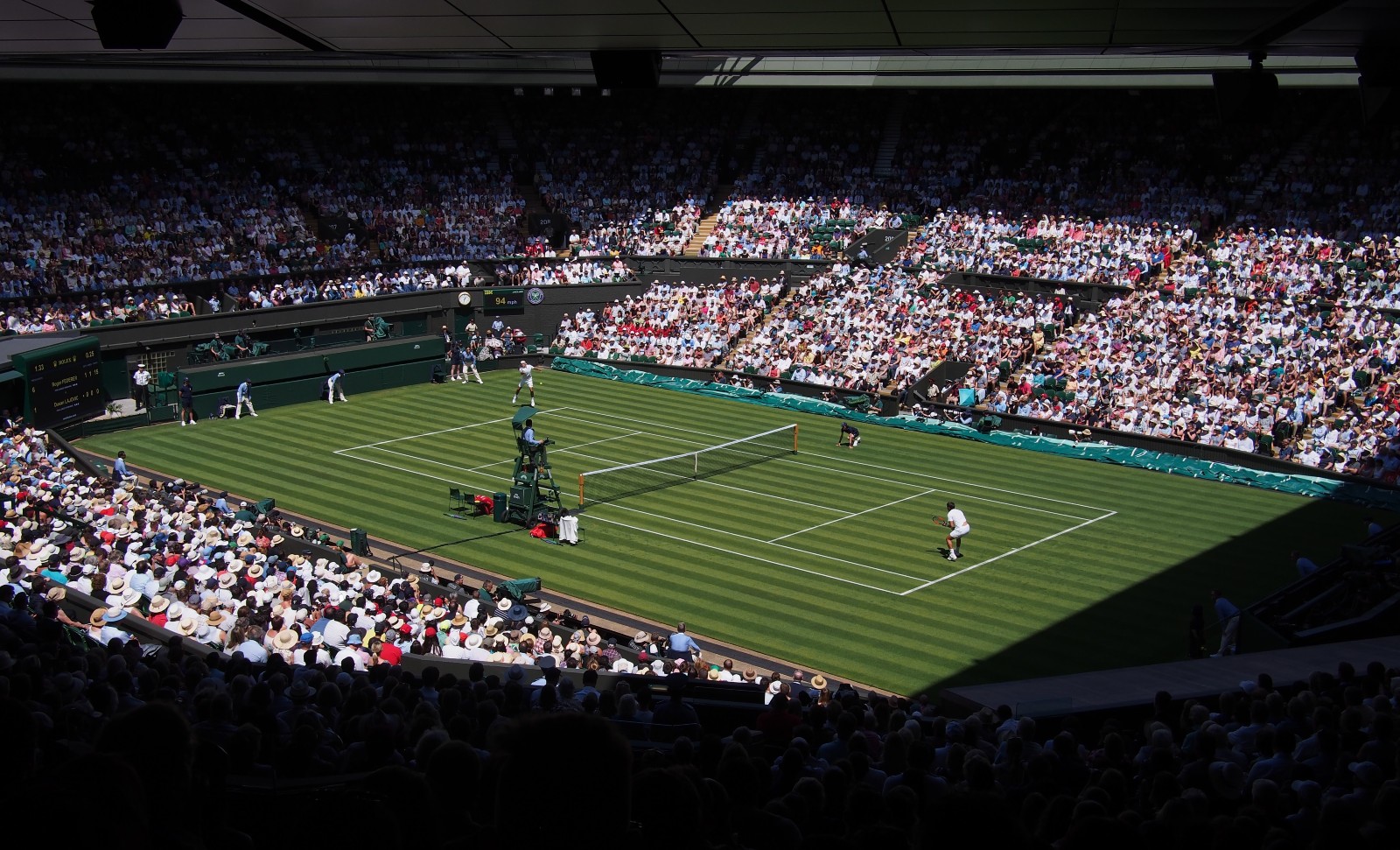The Enterprise guide to Wimbledon

For tennisheads, summer means only one thing: Wimbledon fever. A Grand Slam is a Grand Slam — but many tennis players and spectators alike keep a special place in their hearts for Wimbledon. It’s the oldest of the four Grand Slam tournaments; the only one played on grass; and the only one that comes with that English sense of grandiosity that so often veers into the absurd (see: players must wear all white, including their underwear, and the grass must be cut to 8 mm exactly.)
This year’s tournament is just around the corner: Wimbledon will be held this year from 27 June through 10 July. Qualifying rounds will be played from 20-23 June, and the official draw will be announced on Friday, 24 June. The women’s singles final will be held on Saturday, 9 July, and the men’s singles final will be played on Sunday, 10 July.
No more Middle Sundays or Manic Mondays: For the first time ever the competition will run 14 days long and matches will be set up for the first Sunday of the tournament. The so-called “Middle Sunday” is traditionally a rest day so maintenance work can take place on the courts — and had been followed by a packed “Manic Monday,” when all the fourth-round matches in both the men’s and women’ shingles were played on one day. “Improved grass court technology” has doen away with the need for the tradition, All England Lawn Tennis Club (AELTC) Chairman Ian Hewitt told Reuters.
Russia’s invasion of Ukraine has spilled over into the grass court: Wimbledon officials decided to ban Russian and Belarusian players from this year’s tournament over fears that their participation would be used to serve Russian propaganda. The move met with massive backlash from players including Rafael Nadal and Novak Djokovic, and from the sport’s global governing bodies, which moved to strip Wimbledon of world ranking points this year. The decision to exclude Russian and Belarusian players undermines “the ability for players of any nationality to enter tournaments based on merit, and without discrimination,” said men’s tennis governing body the ATP.
Wimbledon now looks set to go ahead without world rankings: Wimbledon organizers said they were “deeply disappointed” by the decision to remove world rankings from the tournament but would not be changing their stance. “We remain unwilling to accept success or participation at Wimbledon being used to benefit the propaganda machine of the Russian regime,” organizers said. Top Russian and Belarusian players including men’s world #2 Daniel Medvedev and women’s world #4 Aryna Sabalenka sadly look set to be forced to sit this one out.
Things are different this year — but Wimbledon’s legacy stretches back over a century: The championships began life in the London suburb in 1877, as an amateur competition put together on the lawn of the All England Croquet Club to raise money for “a pony-drawn roller for its croquet lawns.” In the intervening century and a half or so, Wimbledon has had a key role in shaping and professionalizing the game of tennis itself. Its famed center court has played host to some of the defining moments of the sport — from the 1962 breakthrough of Billie Jean King to what some call the best forehand shot in history, courtesy of Steffi Graff in 1988.
How to watch like a pro: There are almost as many rules for how to behave off the court at Wimbledon as on — and plenty of non-tennis fans tune in simply for the celebrity-spotting in the stands and to feel part of the ritual of it all. If you want to get into the Wimbledon spirit, help yourself to a nice big bowl of strawberries and cream as you watch — the tournament reportedly shifts some 27k tons of the fruit and 7k liters of cream each year. The quintessential drink of the tournament is, of course, Pimm’s — for a non-alcoholic version of the English fruit cocktail, check out this recipe.
And which pros to watch: Novak Djokovic will be defending his title this year and is vying for his seventh WImbledon victory, while Andy Murray is looking focused on the British tournament this year after he skipped last month’s French Open. Odds are good on Djokovic, Rafael Nadal, and Matteo Berrettini to walk away with this year’s trophy.
In the women’s game, hopes are high for Iga Swiatek, Naomi Osaka, and Serena Williams. Last year’s victor Ashleigh Barty won’t be back to defend her trophy after her surprise retirement earlier this year. And we’ll be rooting for young newcomer Emma Raducanu, who became a household name in the UK when she smashed all expectations at last year’s WImbledon — and then went on to win the US Open a few months later.